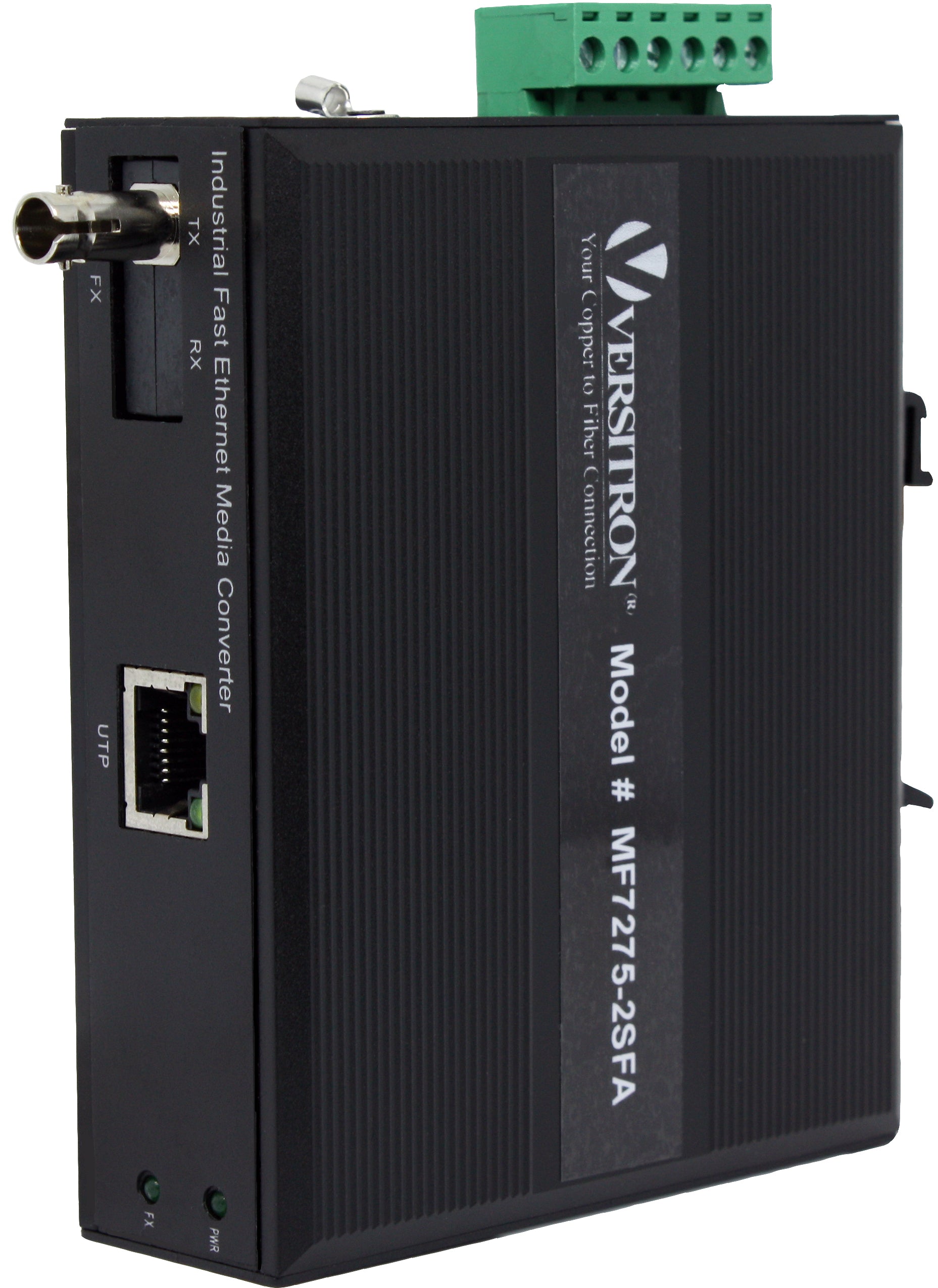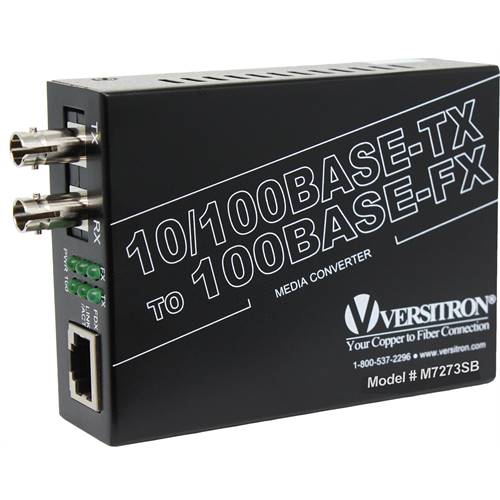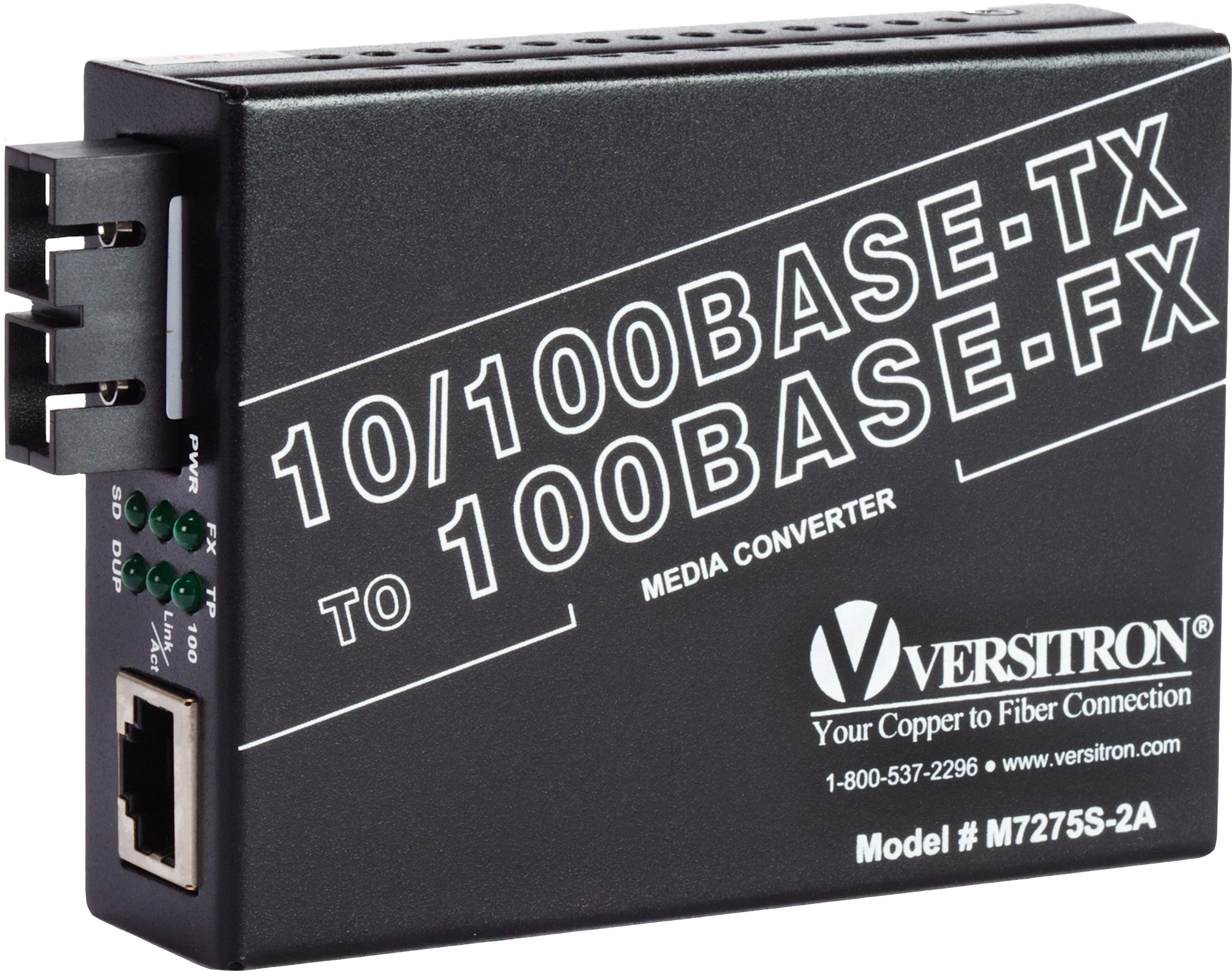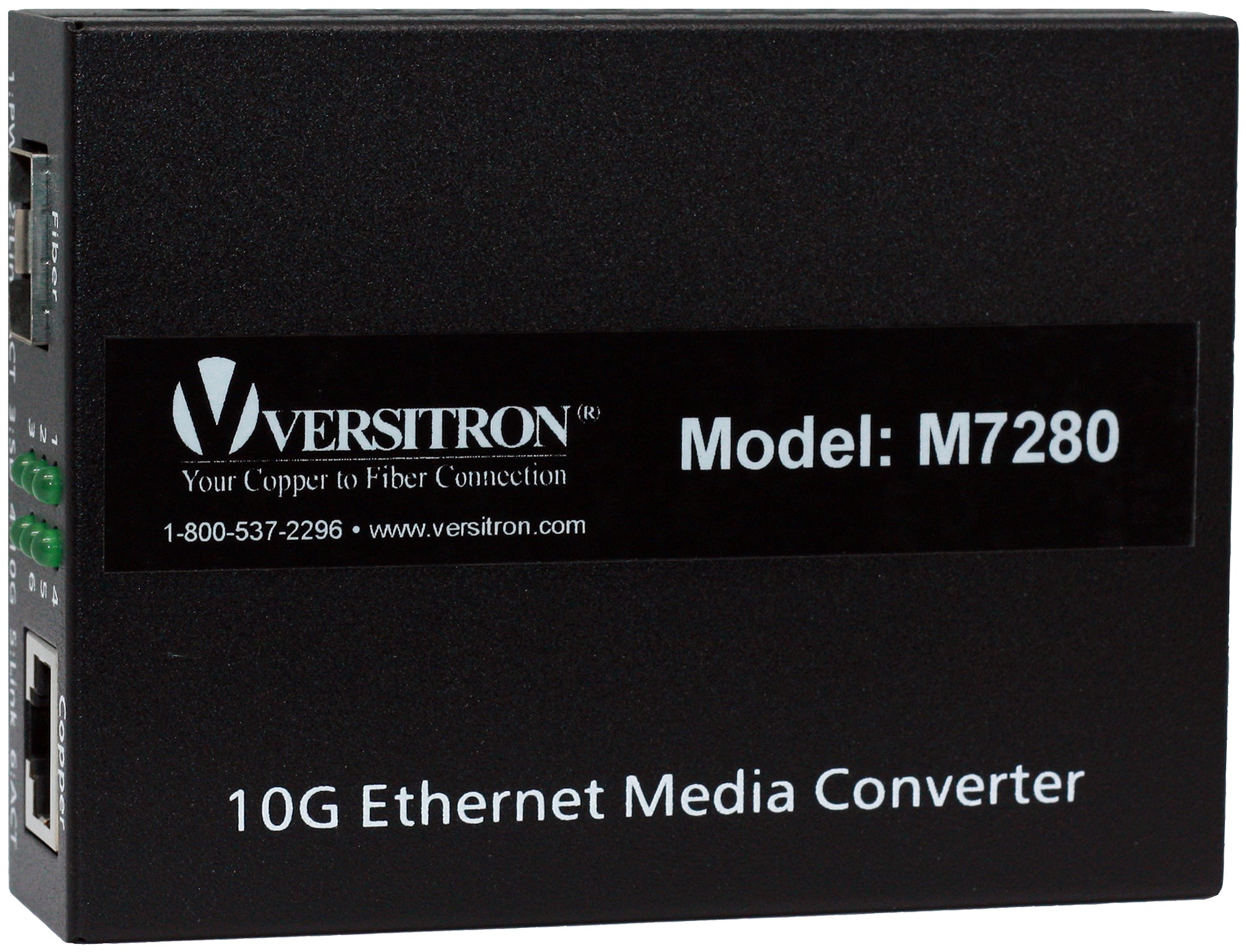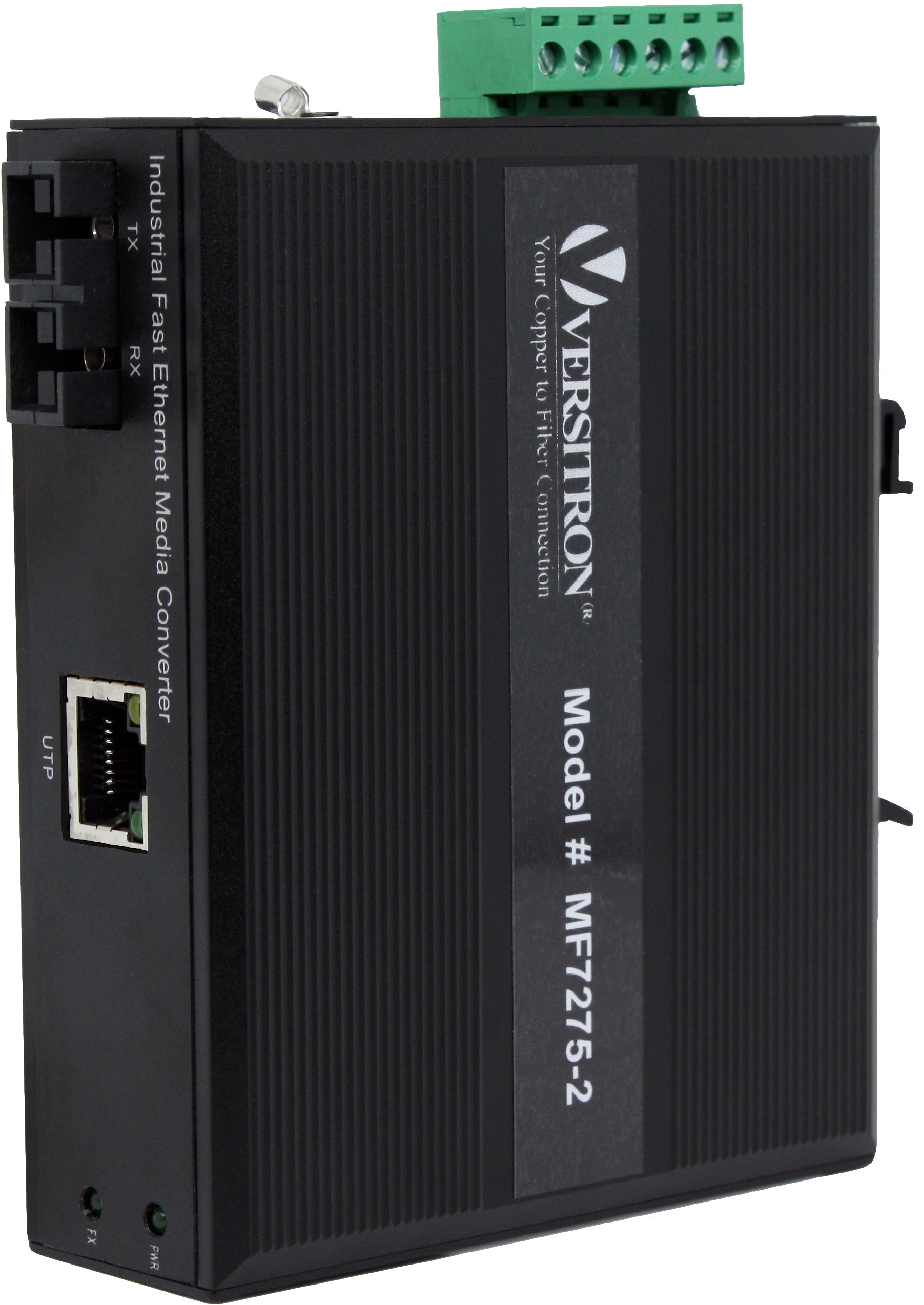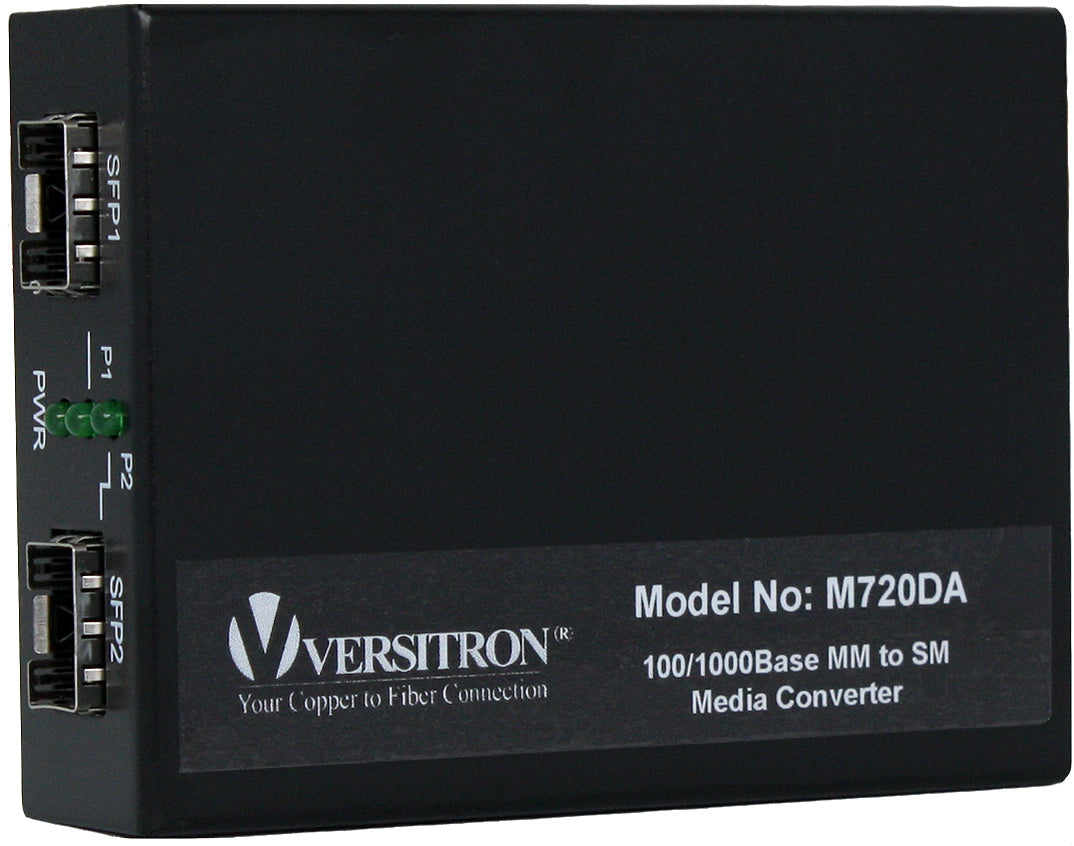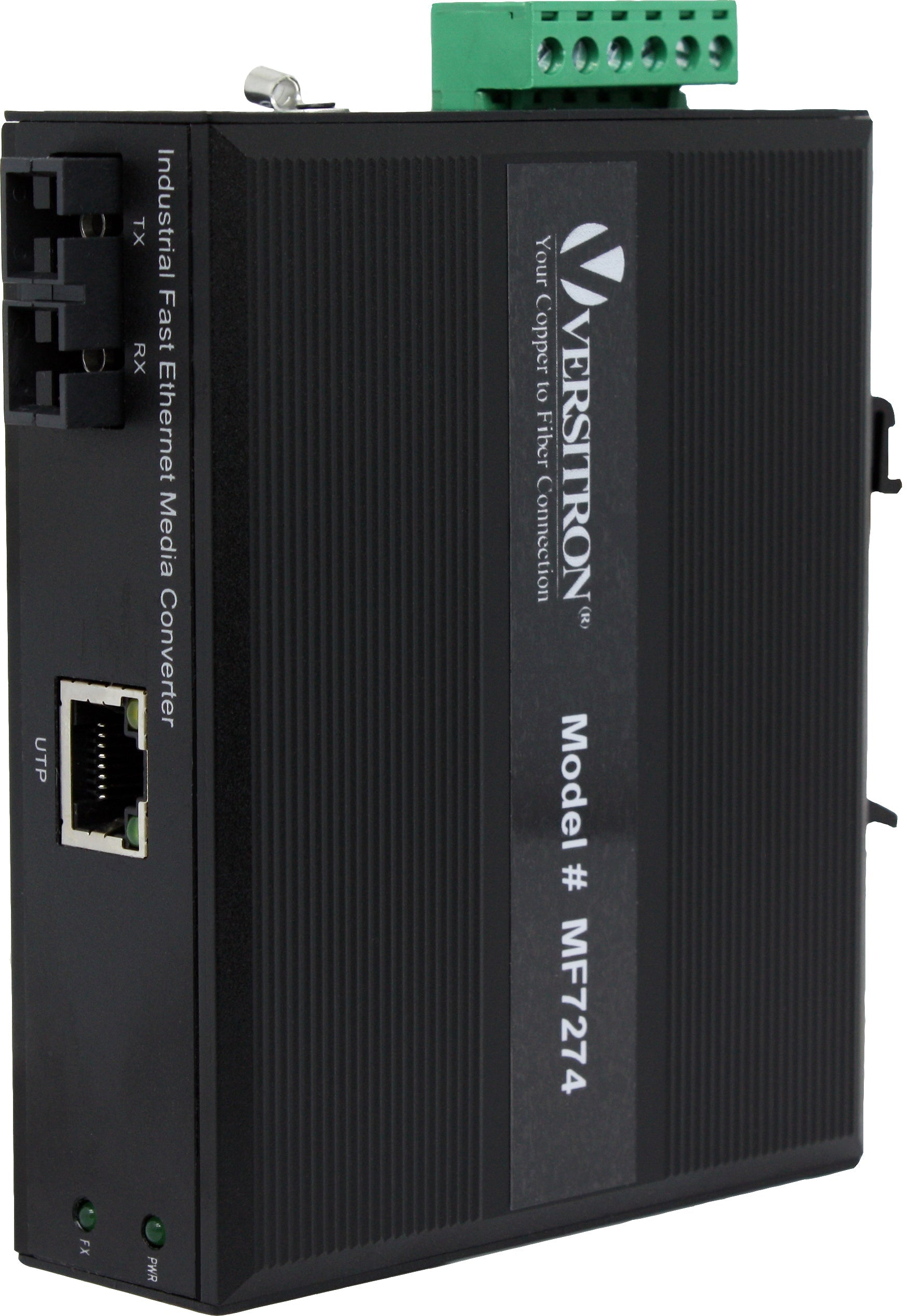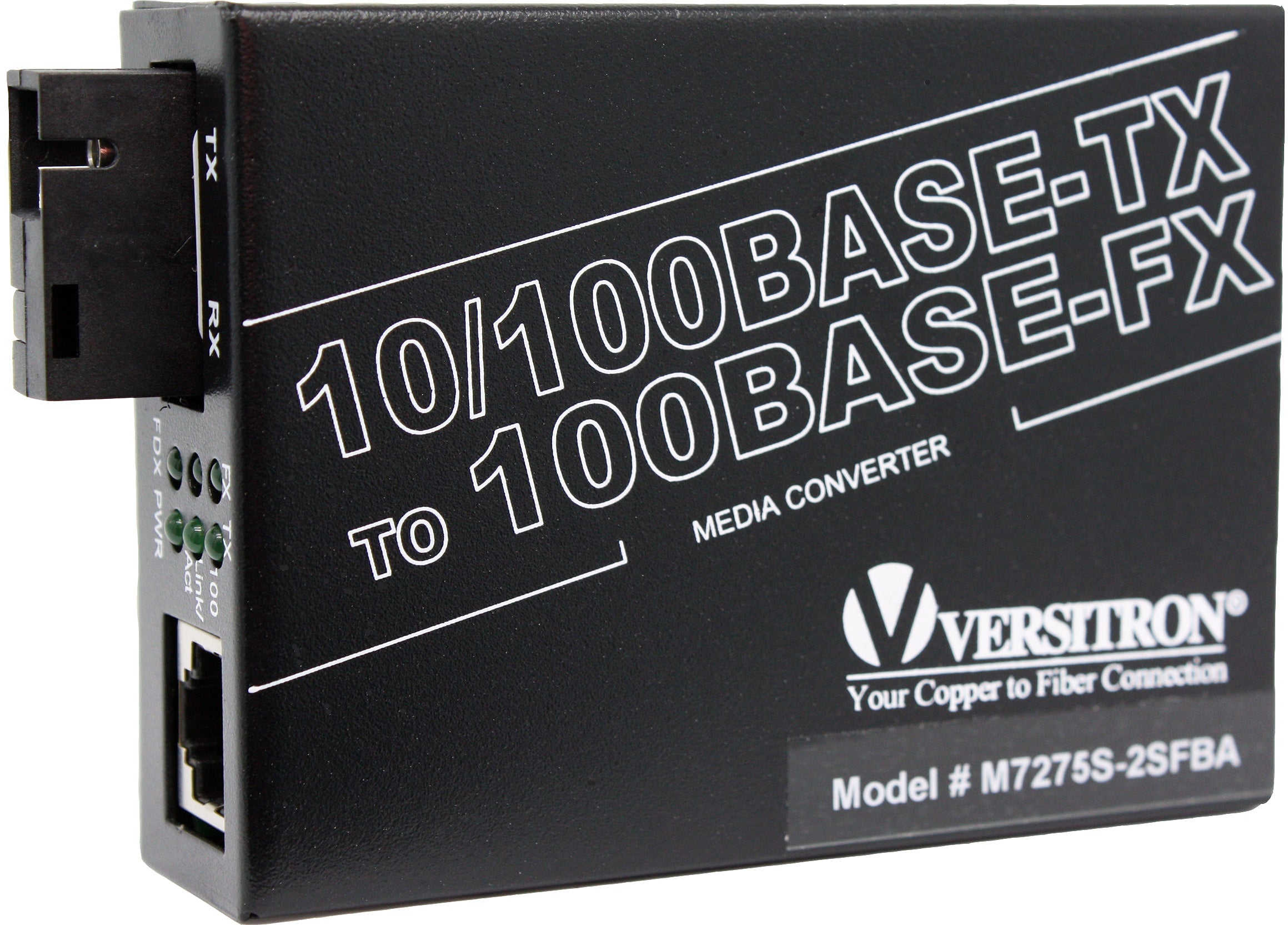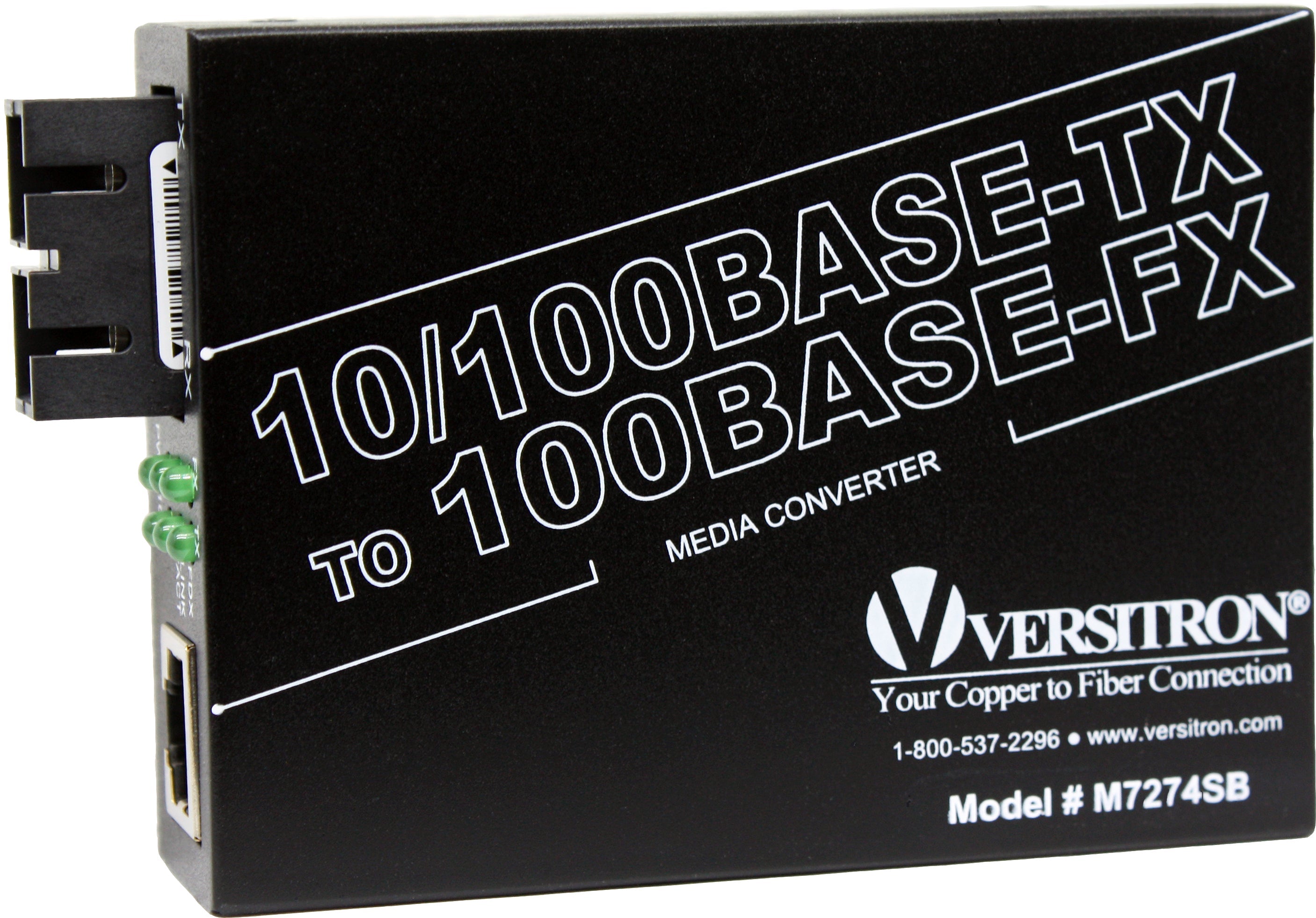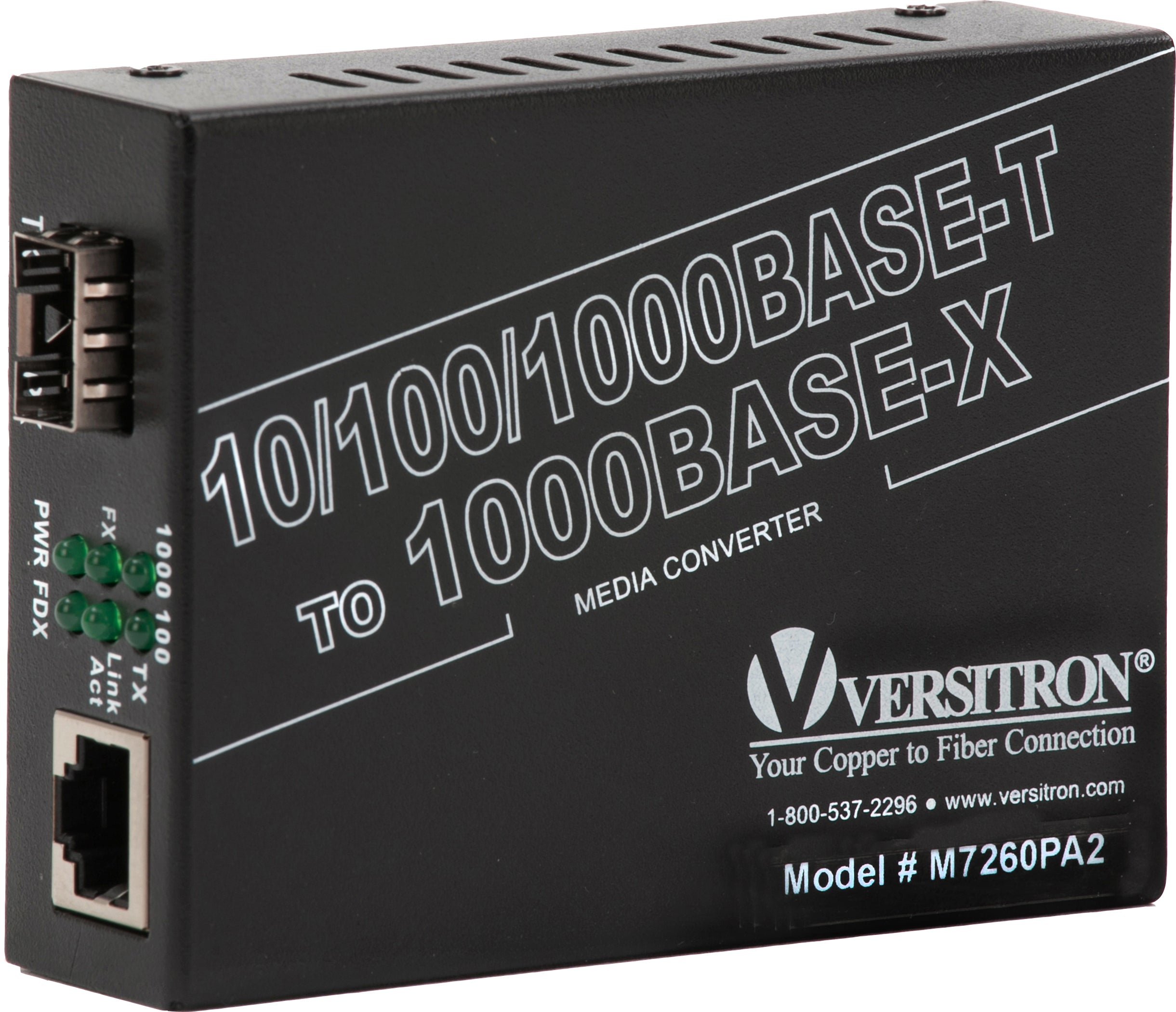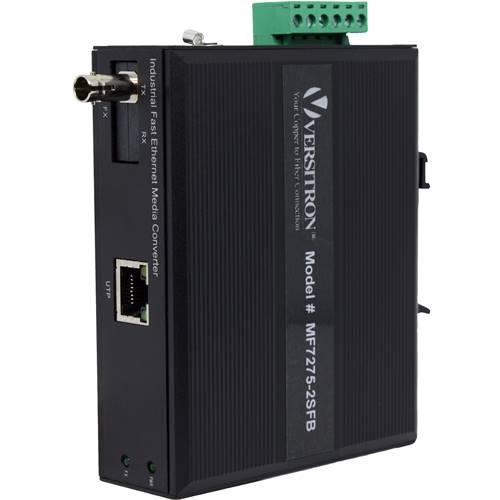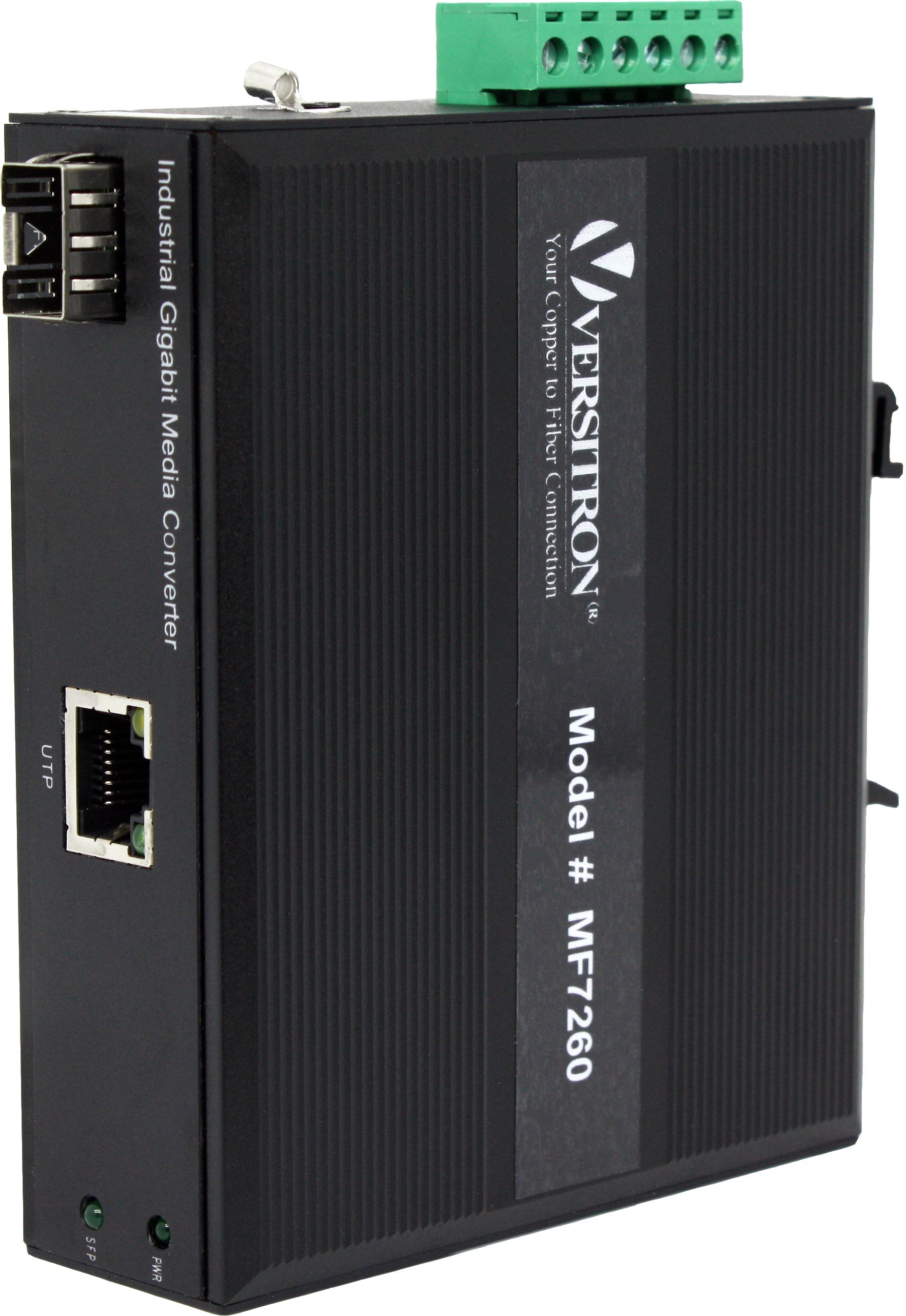Introduction
Fiber optic technology has revolutionized Innovations in fiber optic networks advancements, offering numerous benefits and capabilities that surpass traditional copper-based systems. In this blog post, we will discuss fiber optics. We will highlight the latest advancements, explore emerging applications, and discuss the future outlook for this transformative technology.
The Basics of Fiber Optics: Fiber optic transmission relies on optical fiber transmission principles. These fibers are composed of specialized materials and consist of components such as cables, connectors, and transceivers. Different types of fiber optic cables, including single-mode and multimode, serve specific applications, ensuring efficient data transmission across various network setups.

How was fiber optics invented?
Fiber optics was invented through the collective work of several scientists and engineers. Charles Kao, known as the "Father of Fiber Optics," made a significant contribution by discovering the potential of using glass fibers for transmitting light signals over long distances. His ground breaking research on the attenuation of light in optical fibers earned him the Nobel Prize in Physics in 2009. Building upon Kao's work, Robert Maurer, Donald Keck, and Peter Schultz at Corning Glass Works developed the first practical optical fiber in 1970, using a fused silica core and a cladding layer to guide light effectively. These advancements laid the foundation for the widespread adoption of fiber optic communication technology.
Recent Innovations in Fiber Optic Technology
- Advancements in Fiber Optic Transmission Speeds: Ongoing research has led to remarkable improvements in fiber optic transmission speeds. Through innovations such as wavelength division multiplexing (WDM) and coherent detection techniques, fiber optic networks now achieve astonishing data rates, surpassing conventional systems
- High-Density Fiber Optic Cables and Connectors: To meet the increasing demand for higher bandwidth and scalability, high-density fiber optic cables and connectors have emerged. These solutions allow for efficient space utilization and facilitate network infrastructure expansion seamlessly.
- Enhanced Durability and Reliability Features: Fiber optic systems have become more robust and reliable, thanks to advancements in materials and manufacturing processes. Enhanced resistance to environmental factors, reduced signal degradation, and improved fault tolerance have elevated fiber optic networks performance and longevity.
Fiber Optic in Data Centers
Data centers rely heavily on fiber optic technology for high-speed connectivity. Fiber optic links within data centers enable rapid access to large volumes of data, facilitating efficient communication between servers, storage systems, and networking equipment. Optical networking technologies, such as dense wavelength division multiplexing (DWDM) and optical switches, optimize data centre connectivity, enhancing capacity and flexibility.
Fiber Optic in Broadband Networks
In the realm of broadband networks, future trends in fiber optics, revolutionizing the way we experience high-speed internet connectivity. Let's explore the significant role of fiber optics, advanced fiber optic materials in broadband networks and the advantages it brings to both residential and business users.
- Fiber-to-the-Home (FTTH) Deployments and their Advantages: Fiber optics play a pivotal role in delivering high-speed internet services to homes and businesses. FTTH deployments provide symmetrical upload and download speeds, low latency, and unlimited bandwidth, ensuring superior user experiences and enabling advanced applications like 4K streaming, online gaming, and cloud services.
- Gigabit and Multi-Gigabit Broadband Services Enabled by Fiber Optics: Fiber optic networks offer gigabit and multi-gigabit broadband services, providing users with lightning-fast internet speeds that surpass traditional broadband connections. These advancements pave the way for bandwidth-intensive applications and support data-intensive activities.
- Fiber Optic Networks for Improved Residential and Business Connectivity: Fiber optics provide reliable and consistent connectivity for both residential and business users. By eliminating copper-based limitations, fiber optic networks enable seamless video conferencing, cloud-based collaboration, remote work, and other mission-critical applications.
Emerging Applications and Research
- Fiber Optic Innovations in Healthcare, Transportation, and Energy: Fiber optic technology has applications beyond telecommunications. In healthcare, fiber optics enable advanced medical imaging, remote diagnostics, and patient monitoring. Fiber optics enable high-speed communication between vehicles, enabling intelligent transportation systems. Additionally, fiber optic sensors play a crucial role in the energy sector for efficient monitoring of power grids and oil pipelines.
- Cutting-Edge Research in Photonics and Optical Communications: Ongoing research in photonics and optical communications is unlocking new possibilities for fiber optic technology. Innovations in photonic integrated circuits, quantum communications, and fiber optic sensors are poised to revolutionize various industries. They will pave the way for the next generation of communication networks.
Overcoming Challenges and the Future Outlook
- Overcoming Installation and Maintenance Challenges: : Fiber optic installation requires skilled technicians and specialized equipment. However, advancements in installation techniques, standardized practices, and improved training programs streamline deployment. Additionally, advancements in self-diagnostic capabilities and remote monitoring simplify maintenance and troubleshooting tasks.
- Predictions for the Future of Fiber Optic Technology: The future of fiber optics looks promising, with continued advancements in transmission speeds, scalability, and integration with emerging technologies like 5G and the Internet of Things (IoT). Fiber optic networks will form the backbone of the future communication infrastructure, enabling a connected world with unprecedented speed and reliability.
What are the challenges with the optical network (Fiber to Home)?
Challenges with the optical network (Fiber to Home) is summarized in the following three points:
- Cost and infrastructure: Deploying fiber optic cables to individual homes involves significant investment in infrastructure, including trenching, cable installation, and connecting each home. The cost can be substantial, especially in rural areas.
- Installation complexity: Installing fiber optic cables in residential areas requires meticulous planning and execution. It involves expertise in handling delicate fiber strands, splicing connections, and ensuring proper network design for reliable high-speed internet access.
- Customer adoption: Encouraging customers to switch from existing copper-based connections to fiber optic services can be challenging. Educating customers about the benefits of fiber, addressing concerns, and promoting higher bandwidth and reliability are important for driving adoption.
Why Is Fiber Optic Cable More Secure and Reliable?
Fiber optic cable is more secure and reliable compared to traditional copper cables for the following reasons:
- Immunity to electromagnetic interference: Fiber optic cables use light signals to transmit data instead of electrical signals, making them immune to electromagnetic interference from sources like power lines, radio frequencies, or nearby cables. This immunity enhances the reliability of data transmission and reduces the risk of signal degradation or loss.
- Difficult to tap or intercept: Fiber optic cables are difficult to tap or intercept without causing noticeable signal loss. Unlike copper cables that can be easily tapped by attaching monitoring devices, fiber optic cables do not emit detectable electrical signals, making them more secure against unauthorized access or eavesdropping.
- Long-distance signal transmission without degradation: Fiber optic cables can transmit data over much longer distances without significant signal degradation compared to copper cables. This allows for more reliable communication over extended distances without the need for signal boosters or repeaters, resulting in a more robust and dependable network.
What are the problems faced in optical fibre communication?
The problems faced in optical fiber communication include signal attenuation (loss of signal strength over distance), dispersion (spreading out or distortion of light signals), and nonlinear effects that can distort the transmitted signal and limit data transmission quality. Another problem faced in optical fiber communication is vulnerability to physical damage. Optical fibers, being thin and delicate, can be easily damaged by factors such as bending, twisting, crushing, or accidental cuts. These physical damages can disrupt signal transmission and require costly repairs or replacement of the affected fiber sections.
What are solution systems of optical fiber communication?
Solution systems in optical fiber communication include advanced modulation formats, signal regeneration and amplification techniques, dispersion compensation methods, wavelength-division multiplexing (WDM), optical switches and routers, and optical network monitoring and management systems. These solutions enhance data transmission capacity, mitigate signal degradation, improve network flexibility, and enable efficient management of fiber optic networks.
What are the major challenges facing fibre optic communications technology today?
- Increasing bandwidth demands: The exponential growth in data traffic necessitates constant advancements in transmission technologies and network infrastructure to meet the increasing bandwidth requirements.
- Cost-effective deployment: Extending fiber optic networks to underserved areas requires finding cost-effective deployment strategies to balance the need for widespread connectivity with limited resources.
- Network security: Protecting against potential threats such as hacking and data interception requires robust security protocols and encryption mechanisms to ensure the overall security of the fiber optic communication infrastructure.
- Compatibility and standardization: Ensuring compatibility and standardization across different fiber optic systems and components is essential for seamless integration and interoperability, enabling smooth operation and network expansion.
- Fiber optic network maintenance and upgrades: Effective maintenance and upgrades of fiber optic networks involve identifying and repairing faults, managing network congestion, and implementing future-proof upgrades to support emerging technologies and higher data rates while ensuring network reliability.
What are the future possibilities in optical fibre communication?
- Enhanced data rates: Future possibilities in optical fiber communication include the development of technologies that can significantly increase data rates. This may involve the use of advanced modulation formats, such as orthogonal frequency-division multiplexing (OFDM), or the exploration of new transmission techniques to push the limits of data transmission over fiber optic cables.
- Expanded reach and coverage: The future of optical fiber communication includes efforts to extend the reach and coverage of fiber optic networks. This can be achieved through advancements in signal amplification and dispersion compensation techniques, allowing for longer transmission distances without significant signal degradation. Additionally, the deployment of new infrastructure and network architecture designs will enable the expansion of fiber connectivity to currently underserved areas, improving global connectivity and bridging the digital divide.
What is used to block light in optical fibre communication?
In optical fiber communication, a cladding layer is used to block or confine the light within the fiber core. The cladding layer, typically made of a material with a lower refractive index than the core, surrounds the core and ensures that the light propagates through total internal reflection. This prevents the light from escaping the fiber and helps maintain signal integrity throughout the transmission.
Conclusion
In conclusion, Fiber Optic Technology has transformed modern networks, enabling faster speeds, increased bandwidth, and enhanced reliability. Recent innovations in fiber optic transmission speeds, high-density cables and connectors, and durability features have propelled this technology forward. Emerging fiber optic applications in data centers, broadband networks. Despite these challenges, the future of fiber optics is bright, with ongoing research and development poised to unlock new frontiers and revolutionize the way we connect and communicate in the digital age. VERSITRON has been a trusted provider of fiber optic solutions for several years, offering a range of products such as Fiber Optic Media Converters, fiber optic telephone multiplexers, and more. These solutions have been instrumental in building high-speed and performance-driven networks across various industries.



